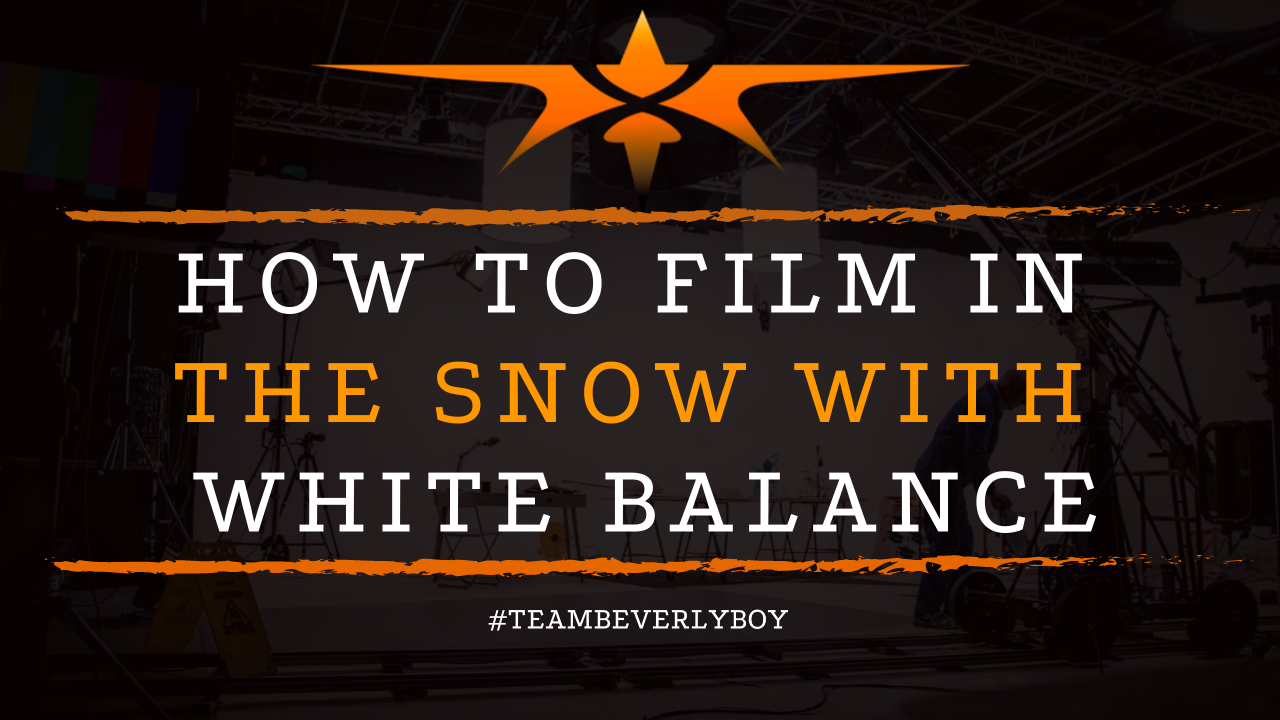
How to Film in the Snow with White Balance
Filmmaking in the winter, or in situations where the set is supposed to portray a winter scene is certainly a lot different than what would be expected of summer. In fact, white balance is largely based on sunlight and films use sunlight as the basis for establishing white balance on all other types of projects and works. So what happens when there’s little sun, and the ground is covered in — snow? Learning how to film in the snow with white balance is something that many aspiring filmmakers struggle through but with some support success is possible.

Filming in Winter
Winter filmmaking adds some lighting challenges that are certainly less of a problem in the summer. The lighting is more dreary and sad, whereas traditional white balance comes as a result of sunlight and a dedication to that 5500K temperature.
So, what does a cinematographer do when lighting challenges of winter jeopardize white balance?
Learning how to film in the snow, with white balance, is definitely something that filmmakers must understand. Choosing the right white balance setting, even when there’s a blanket of snow on the ground, is absolutely vital.
Filming Outdoors in Snow
When there’s snow on the ground, and the color temperature is less than sunny and a warm 5000K, how do you choose the white balance for your shoot? Start by adjusting the timing of your shoot.
Consider filming midday so that you can maximize your sunlight and get the most out of the natural white balance available in your snowy scene.
If it’s cloudy, or overcast, expect that there will be a more pink or even orangish overtone in the images. While you might not like the tones at first, they tend to add a bit of balance to natural skin.
If there’s snow, just make sure you’re not dealing with any blue cast as a result of your white balance. Make sure that you’re using a shade setting or, if you have a “Snow” setting on your camera, try that!
Manual White Balance in the Snow
Learning how to film in the snow with white balance really depends on your camera settings and skills. Do you have a “White card?” If so, you can establish a baseline white balance for your camera, so that it knows what true white is.
Calibration
Keep in mind that the white card represents a key calibration effort for your camera which locks in the color temperature of the light which reflects from the card. This is a great way to establish manual white balance even in the snow!
White Card
Another option that you have, for adjusting your film in the snow with white balance, is to use a perfectly clean patch of snow as your white card. Snap a picture and you can begin with an accurate color temperature for the film that you’re creating.
If you’re filming in snow, the white balance selection that you choose is largely dependent upon how you alert your camera to what you wish to use as your “White” and what other color setting you allow.
But in the end, learning how to film in the snow with white balance is certainly a matter of practice, and preference.


